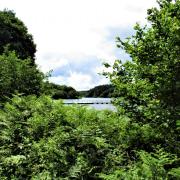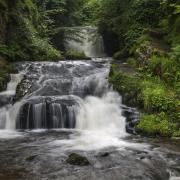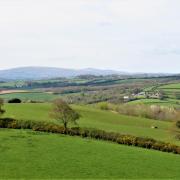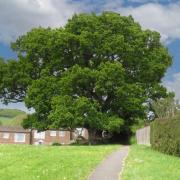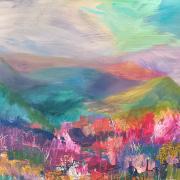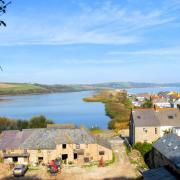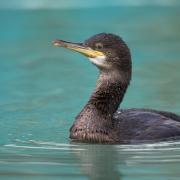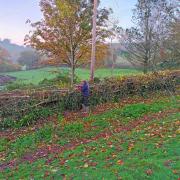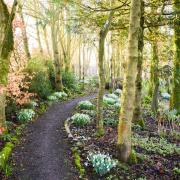Stand still in a woodland. Close your eyes. Breathe in deeply and let the air fill your lungs. It’s as if you can taste the mosses that cling to every tree and the dampness which hangs in the still air. Touch the bark of a tree, feel its texture, think about its story. Still with eyes closed, listen. Just listen.
Closing our eyes has a purpose. It heightens our other senses. Being quiet and listening with eyes closed gives us a very different perspective on woodland than we might get if we walk briskly through while chatting to friends. I reckon almost all the birds I find on a woodland walk are found by hearing, not sight. So, as much as I like the sound of feet in rustling leaves, I often stop and just listen.

While listening, see if you can hear the drumming of a great spotted woodpecker. They don’t have a song, they drum with their beaks against a solid tree to make a sound that resonates through the woodland. This is the way they establish their territories and that’s what they are doing in early spring. Not surprisingly the woodpecker is specially adapted to beating its head against a tree! It has an airbag around its brain, a cushioned base to the beak and very strong neck muscles. The male has a red spot on the back of his head.
We have one other species of woodpecker in Devon that also drums, the lesser spotted woodpecker, but this is a very rare bird found in mature woodland such as Yarner on Dartmoor. Its drumming is weaker and less prolonged.

Other sounds to listen for include the very excited, rolling ‘ki-ki-ki’ of a nuthatch (the only bird that can run up and down trees, and often takes this upside-down posture), the football rattle of a mistle thrush, and the loud squawk of a jay. To the inexperienced the number of bird calls might seem daunting, but it will soon be much harder when all the summer migrants return.

Before walking off, don’t forget to open your eyes! There are things to be seen in our early spring woodlands. The first flowers will be opening out, including the tiny, understated yellowish green golden saxifrages, the bright yellow lesser celandines, and the softer, more pastel tones of primroses.

Look closely on any fallen, mossy logs. Where these have had enough seasons of decay they might play host to a variety of fungi the most colourful and distinctive of which is the scarlet elf cup. Unlike most fungi which send up their fruiting caps in autumn this species always favours February and March.
To see more of David’s photography visit davidchapman.org.uk




